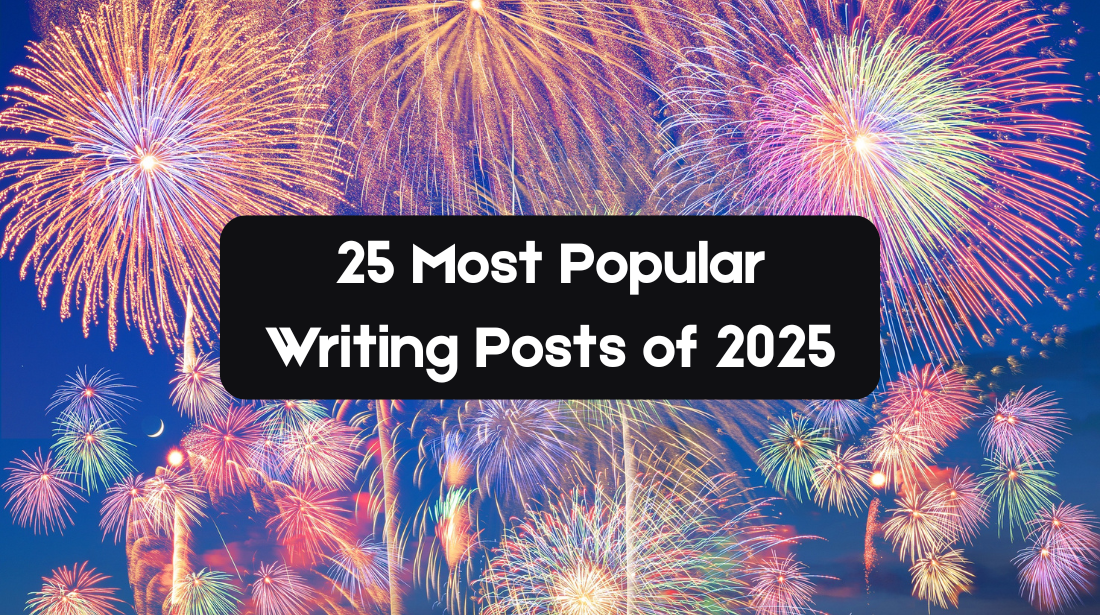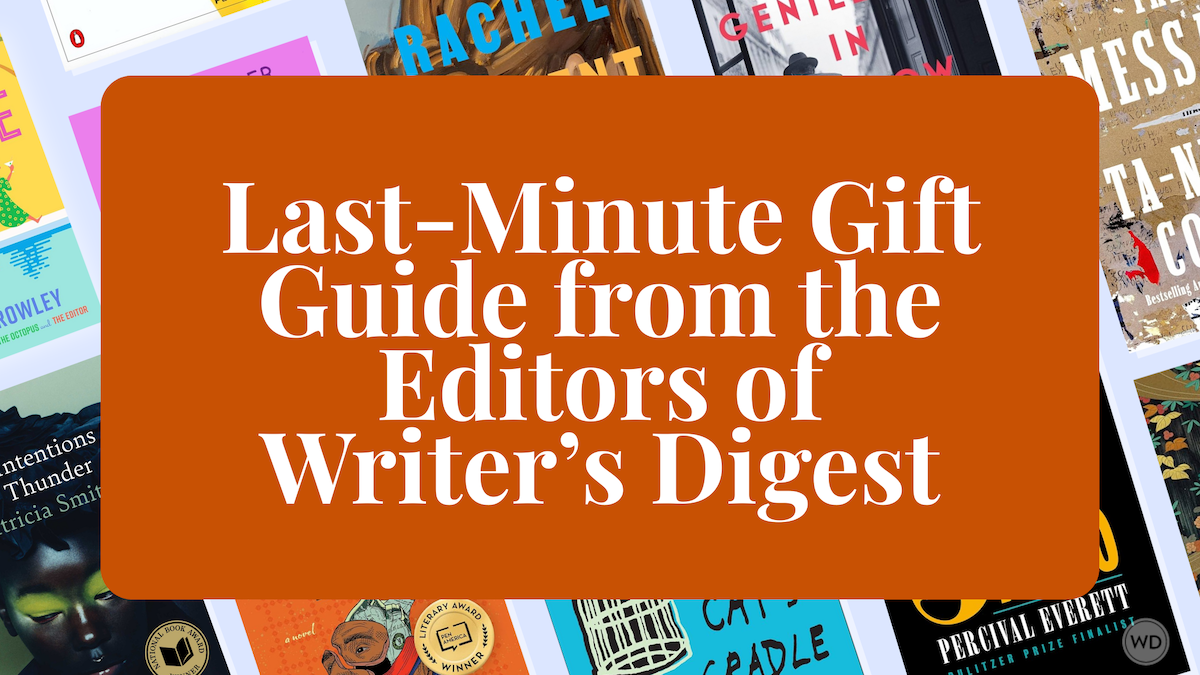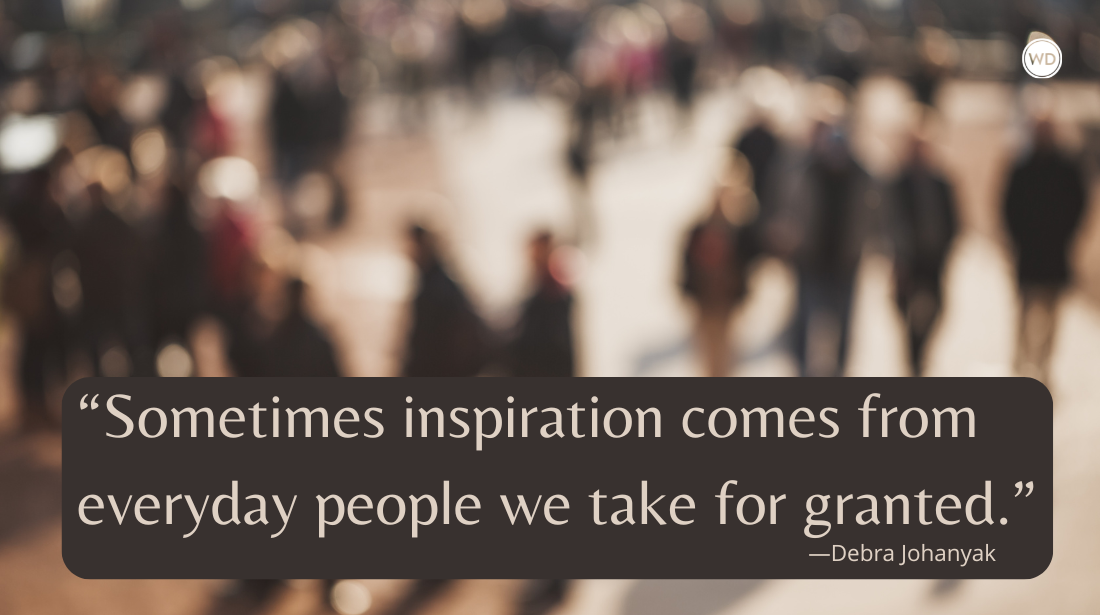Using Communication Patterns to Connect Globally
Raúl Sánchez, Dan Bullock, and Rod Sánchez share how they wrote How to Communicate Effectively with Anyone, Anywhere, why collaboration took their understanding of communication to new levels, and more.
Raúl Sánchez is an award-winning Clinical Assistant Professor and the Corporate Program Coordinator at New York University’s School of Professional Studies. He has designed and delivered corporate trainings for Deloitte and the United Nations, as well as been a writing consultant for Barnes & Noble Press and PBS. Raúl was awarded the NYU School of Professional Studies Teaching Excellence Award and specializes in linguistics and business communication.
Dan Bullock is a language and communications specialist/trainer at the United Nations Secretariat training diplomats and global UN staff. He also serves as faculty teaching business communication, public relations, and business intelligence within the Division of Programs in Business at New York University’s School of Professional Studies. Dan was the Director of Corporate Communications at a leading NYC Public Relations firm and his corporate clients have included TD Bank and Pfizer.
Rod Sánchez is an award-winning Visual Communication Designer, Artist, and Filmmaker. He is a Lead User Experience/User Interface Designer at Houghton Mifflin Harcourt and his experience includes designing and illustrating book covers for Penguin Random House and Scholastic. He received design awards from: The New England Book Show and The Create Awards. Rod has directed and designed campaigns for: Disney, Nickelodeon, and Baruch College – CUNY.
In this post, Raúl Sánchez, Dan Bullock, and Rod Sánchez share how they wrote How to Communicate Effectively with Anyone, Anywhere, why collaboration took their understanding of communication to new levels, and much more!
*****
Authors: Raúl Sánchez and Dan Bullock
Illustrator: Rod Sánchez
Literary agent: Rita Rosenkranz
Title: How to Communicate Effectively with Anyone, Anywhere: Your Passport to Connecting Globally
Publisher: Career Press (Red Wheel/Weiser)
Release date: February 2021
Genre: Prescriptive Business/Nonfiction
Elevator pitch for the book: How can you become a global communicator that successfully navigates the cultural economy today? Whether you are emailing a global network or leading an international negotiation, the answer resides in the communication patterns between us.
(Writer's Digest uses affiliate links.)
What prompted you to write this book?
Imagine seeing the earth from a perspective out in space, with clouds of difference melting away to reveal a singular, interconnected world. This vision fueled the creation of the book. By embracing a global mindset, we can expand our communication skills in ways that will profoundly shape the world marketplace.
The book is about how to become a global communicator across key performance areas, including effective emailing, public speaking, and negotiation. World cultures are now merging from traditional spheres of communication into one dynamic landscape—and the role of the global communicator has taken center stage. Nowadays, global professionals aren’t just looking for ways to work more effectively with one another, but also ways to relate more deeply with one another—a shift that completely changed our teaching approach to intercultural communication.
In our years teaching a diverse range of international professionals at New York University and the United Nations Secretariat (UN Headquarters), we found that the key to becoming a global communicator is tapping into the communication patterns between us. If cultures can be defined as “patterns of thinking and doing,” then in our globalized era, these patterns have begun to intersect and overlap now more than ever. These patterns provide an easy-to-implement path to global communication. The world will continue to grow more integrated through global business practices and an intercultural perspective will continue to define success at the individual, national, and multinational level.
More and more research shows that developing a global mindset is one of the single most important ingredients for the success of multinational companies, as well as for a better future of global understanding and, ultimately, innovation. Global communicators are the ones who will shape the future.
How long did it take to go from idea to publication?
The idea for this book crystalized during communication workshops we delivered in recent years at NYU and the United Nations, namely when teaching cultural communication to American and international students and professionals in the “global classroom.” This shared space continues to enrich the multiplex process of communication competence—and reveals the implicit commonalities we all share as human beings.
The unique mix of American and international professionals working together to bridge gaps in communication completely changed our approach to communication. We realized that all global professionals, whether domestic or visiting a particular region, desired to find intercultural solutions that emerged from our interdependence on one another. As trainers, we were pushed to arrive at singular models of global communication that do not just work in one particular country, but effectively work across world cultures—a singular set of communication patterns that work across the globe. After many thoughtful conversations, creative writings, illustrations, and inspirational workshop experiences, we arrived at the book.
The path to publication opened at the Writer’s Digest Writers Conference in New York. We created a sampler consisting of written chapter pages and artwork and pitched the idea to our wonderful agent Rita Rosenkrantz at the Agent Speed Dating Event (Editor: Referred to as the Pitch Slam).
Now, when you are ready with your refined idea, a proposal, and/or a draft of a book, we encourage you to avoid just sending a bunch of emailed query letters only to wait in your apartment hoping and praying (as many do at some point in our writing lives). Instead, go to a writer’s conference, like Writer’s Digest and pitch it to agents at a Speed Dating session. Get reactions, get feedback, get responses, and expand your network along the way.
We are forever grateful for Rita’s belief in us at the outset. That powerful conversation then led to a follow-up phone call which then translated into months of ironing out a full proposal with sample chapters, with Rita giving us valuable feedback every step of the way.
The publisher approached us in 2019, and the first draft was due at the end of the year. It was a whirlwind! We were on a tidal wave of inspiration as we wrote it. Almost as if the book has been waiting in the annexes ready for the fire to pour forth to hopefully shed light across the world. We were also spurred by current events depicting a divided world and the desire to create a book that would bring people together. The book, however, was an idea several years in the making.
Were there any surprises or learning moments in the publishing process for this title?
The publishing process for nonfiction titles often follows this lineup: book proposal, publishing contract, then a 6-month timeline to write the book—which means if you put a line in the proposal such as “manuscript delivery within 6 months of signed contract” you’d better make sure you can deliver. The solution? Writing as much of the book during the pitching process and creating a detailed blueprint or outline—which we are grateful we did.
Many writers see the outline as limiting creativity and spontaneity. We respectfully disagree, especially with a collaborative project. An outline is a blueprint—a canvas, which you can paint on with a clear guide of where your landscape is going.
Additionally, planning can also allow you to leave room for the unplanned—writing is also a process of discovery. When we write, we discover what we want to write about. On the page, we discover ourselves. Therefore, give yourself time in the process for exploration as well.
Also, the joy of working with an independent press, such as Career Press, is their flexibility and openness during the process. The illustrator, Rod Sánchez, who is Raul’s twin brother, created the interior page artwork for the book. We were thrilled when Career Press invited Rod to design the cover of the book. Even more so, the publisher gave full artistic freedom in Rod’s creation of the cover and was receptive to the three of us visually communicating a unifying message that would serve as a first contact with potential readers.
Teaming up with an independent publisher can open new opportunities for collaboration than you may have previously imagined.
Were there any surprises in the writing process for this book?
As a collaborative project between two writers and an illustrator, the book was a new creative and rewarding experience for the three of us. One night was especially pivotal. As a group, we met late one evening over dinner to talk about the book. Each time we met to talk as a team, we always encountered a wonderful inspiration. When your team has the same goal in mind, collaboration is always a pleasant surprise and a unique synergy pushes you to the goal line.
That night, we were talking about patterns of stars which eventually sparked the question of how Eastern and Western cultures view the same star clusters and recognize similar constellations, although giving those constellations different names. One idea led to another and we took a deep dive into the idea of patterns—pattern recognition is a human trait, a trait that transcends culture. We not only formalized the unifying premise of the book, but also deepened our approach to effective cultural communication.
Furthermore, for a business book to contain guiding illustrations that sparked deeper connections was key to deepening the creative process. The illustrator, Rod Sánchez, created multiple illustrations for the book that go beyond what many business communication books are doing, especially when writing for a multicultural audience.
For example, the element of “balance” in the negotiation chapter, emerged from one of Rod’s illustrations. We were writing about global negotiation approaches and then Rod led the way to an extended metaphor by depicting a global goddess holding aloft a scale of universal balance, which highlighted the focus of negotiation as collaboration in a globalized world. This concept of “balance” worked perfectly as an extended metaphor for harmony in “win-win” versus “win-lose” negotiation strategies. All of Rod’s illustrations elevated the text by opening the mind and heart, while highlighting the practical components of the work.
As stated in this book, many research studies suggest that it is more powerful and effective to deliver material through more than one sense. Therefore, the illustrations serve as a vital communicative aspect of the book: delivering a multi-dimensional representation of the content, enriching the strategies presented, and enhancing the self-empowering creative exercises throughout the text. We are grateful for the illumination Rod’s art brought to the work. What most people don’t realize is that visuals and metaphor are powerful tools in business writing, particularly with global readers, as ways to connect intangible topics to the senses for communication success.
What do you hope readers will get out of your book?
Our hope is for professionals to discover that becoming a global communicator is about more than increasing our earning potential and productivity. Ultimately, becoming a global communicator is about a dedication to building meaningful human relationships.
To truly integrate world cultures, as global leaders, we must integrate a vigilant commitment to understanding global cultures and their many attributes, psychologies, values, and traditions. With understanding comes connection, and with the dedication to relationships comes the true connection of trust with which we can build influence.
In this way, our goal is that the book is not an ending, but a beginning. A door to a cognitive shift, similar to what astronauts call the Overview effect—the profound shift in perspective that an astronaut experiences when looking at the Earth from space. The book, with key illustrations, is part instructional text and part empowering workbook, containing practical and proven strategies that can be put to immediate use, along with exercises designed to impart valuable self-discovery. The pivotal step is using these tools to build powerful relationships and bridge understanding between people.
In a practical sense, we aim to link perception to specific behavioral skills—the skill set of a global communicator. Overall, our goal is to be a catalyst for a better future of effective communication and successful intercultural interaction.
If you could share one piece of advice with other authors, what would it be?
The source of all art is collaboration. Whether you collaborate with the creative force itself or with the minds of others—the exchange of ideas is what springs art into existence. The creative force, like a spiritual current, wants to be collaborated with. The minds of others, over time and across the world, are waiting for your spark to spread their flames onward.
This book was a collaborative journey, woven by the tapestry of all three of us and the inspiration of many great thinkers from history up to the present. Just as artist communities like Greenwich Village were home to artists and poets in the 1970s, modern workspaces are realizing the importance of collaborative brainstorming and inspiration, both online and offline, in the business world every day. Collaboration is innovation, and innovation, across time and societies is a latticework of sparks passed from one human being to the next all around the planet.
So, our advice is not to wait to craft that perfect piece in the comfort of your own home. Tell your stories-in-progress, show your sketches, and exchange ideas with others. Open yourself up, not just to the world, but to the currents of creativity flowing in it. Be ready to be sparked by something every day. You can do this even by exposing yourself to new books, people, cultures, and media. Once you enter the latticework of global exchanges, the sparks flowing between us enrich us and our future generations for the better.
Also, there is no such thing as writer’s block. There is only the importance of drinking in more life. If you feel at any time that your well seems dried up, then all that means is that you have to drink in more of the universe. And the universe is infinite. The wellspring of inspiration never runs out.
*****
Finding the time, energy, and motivation to get the writing done—day after day—stumps even the most seasoned writer on occasion. Life as a writer can be difficult to sustain, especially if you don’t have the direction, organization, and support you need. Get a glimpse into the life of a professional writer and set realistic writing goals for yourself with this online workshop.









